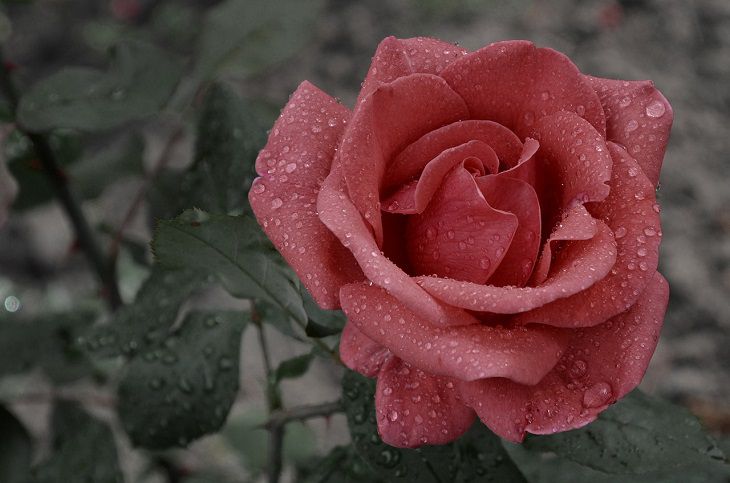It might be hard to grow roses: Gardening insights
Flowers can be quite high-maintenance plants, but they are too beautiful not to grow them in your garden.
From many flowers, roses tend to be one of the pickiest ones, so they require lots of special conditions and care to thrive.
Here are a few reasons why growing roses can be quite complicated for new gardeners.
Climate and Environmental Conditions
Factors such as temperature, humidity, rainfall, and sunlight exposure can significantly impact rose growth.
Some roses require a specific number of chilling hours during winter to initiate proper flowering, making them more challenging to grow in regions without sufficient cold periods.

Soil Quality and Drainage
Roses prefer well-draining soil with a pH level between 6 and 7.5.
Heavy clay soils or those with poor drainage can lead to waterlogged roots, causing root rot and other diseases.
Pests and Diseases
Common pests include aphids, spider mites, thrips, and rose chafers, which can damage leaves, buds, and flowers.
Diseases like black spot, powdery mildew, rust, and rose rosette virus can weaken the plant, affect aesthetics, and reduce overall health.
Pruning and Training
Proper pruning and training are essential for maintaining the health and shape of rose plants.
Incorrect pruning techniques or neglecting to remove dead or diseased wood can hinder growth and lead to the spread of diseases.
Watering and Irrigation
Overwatering can suffocate the roots and promote fungal diseases, while underwatering can lead to stress, wilting, and reduced flower production.
Fertilization and Nutrient Management
Roses benefit from regular fertilization to promote healthy growth and robust blooms.
Applying organic matter, compost, or balanced rose fertilizers during the growing season can provide essential nutrients.

